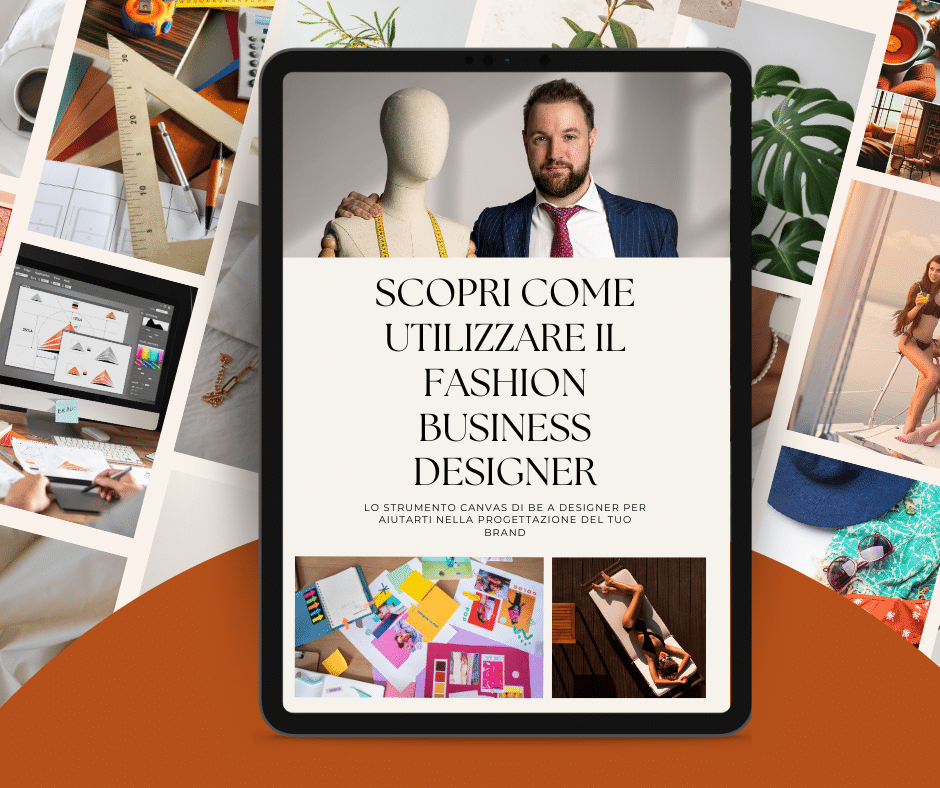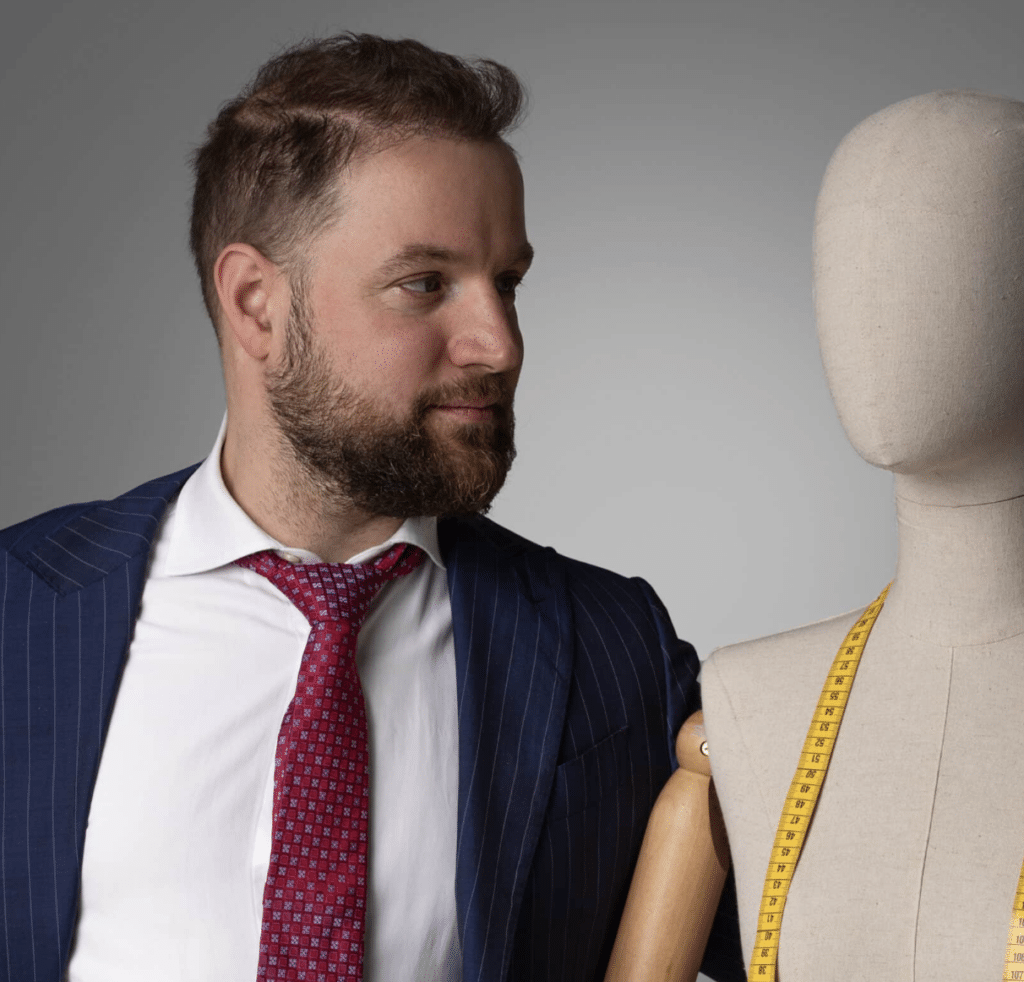Supermodel Heidi Klum becomes designer for Lidl
WHEN DOES FASHION IN THE TROLLEY WORK?
The phenomenon of private label fashion lines in large-scale retail seems to have found a second youth. From the point of view of numbers, we are faced with interesting figures and continuous growth.
But what happens from the point of view of Designers?
and in the minds of consumers, what does this mean?
Let's find out together.
When I read a few days ago that Lidl, the well-known German retail chain, hired supermodel Heidi Klum to launch a new (strictly low-cost) clothing line, I admit I was not particularly surprised.
The phenomenon of Co-Branding and collaborations with brands or designers has become increasingly important in the media in recent years. Many mass market brands (starting with H&M) have exploited these collaborations to seek to increase the perception of quality and prestige of their brand in the minds of their consumers. Will they have succeeded? And above all, who benefited the most in the end? And of what kind?
Let's start from the beginning: the fact that you can buy clothes at the supermarket on the way to the grocery store is certainly nothing new. Although we try to attribute it to the fact that the fashion world has somehow 'cleared' the supermarket scenario with the Chanel fashion show in 2014, in Italy we have always been used to going to the city market.
I remember that, for example, my aunt had a small van that was full of all kinds of clothes (which she periodically went to fetch from the big clothes shops and garment makers in the Naples area) and almost every day of the week she woke up very early to set up her little 'temporary shop' made of a few wooden planks and hangers.
Those were different times, Inditex and fast fashion did not existThere were no big shopping malls where you could find all kinds of brands and models of clothes. There was a need to buy something to dress up, and there was scarcity:
The sizes and colours were those and if you didn't like them you had to make do and you knew that anyway if you needed something you had to buy it there, at that exact moment, otherwise you would have to wait until the following week when the market would stop again in your town.
It mattered little to the people who went to the market if you could also buy fruit and vegetables or even fish a few steps away (the fish stall was the one that famously no one wanted to be near because of the intense smell) for most Italians it was always familiar to go shopping at the market.
This is a concept that applies well to all retail initiatives (e.g. Lidl, Tesco) made in this direction:
We are familiar with going to the supermarket and finding clothes
The second question we have to ask ourselves is a personal one, but I think the answer in most cases is negative:
We are familiar with going to the supermarket and finding clothes...but are we equally familiar with buying them?
Probably not.
This is due to a simple yet ruthless fact, we are talking about 'clothes' not fashion. Nobody buys because they 'need' something (unless they accidentally step into a puddle).
What was the substantial problem with the market that over time undermined its survival also due to the advent of outlets and shopping centres?
?The clothes you could (and still can) buy at the market are not fashionable, have fancy brands or are anonymous and the only relevant attribute in the consumer's mind is that they are cheap?
And what was perhaps even worse was that notoriously even if the quality was inferior. Now that there are Zara, H&M (even Oviesse itself) who have raised the standards of production quality and perceived quality, it is not surprising that no one goes to the market anymore [much to my poor Aunt's distress].
When we talk about fashion, the concept is different. Why? Because we have a different perception.
Our experience of the world is guided by a series of mental categories into which we subdivide our experiences according to certain attributes that we consider important.
These are processes of cognitive psychology that have been studied in detail by Gerome Bruner and are the same elements that explain the fundamental marketing concept of the Positioning theorised in 1969 by Al. Ries and Jack Trout (who passed away a few days ago).
For this reason, it is very difficult for any line of clothes you find in a supermarket to be perceived as 'fashionable', no matter how beautiful the design, style and fit, the only determinant you will analyse is the price and, trust me, it will be a downward comparison.
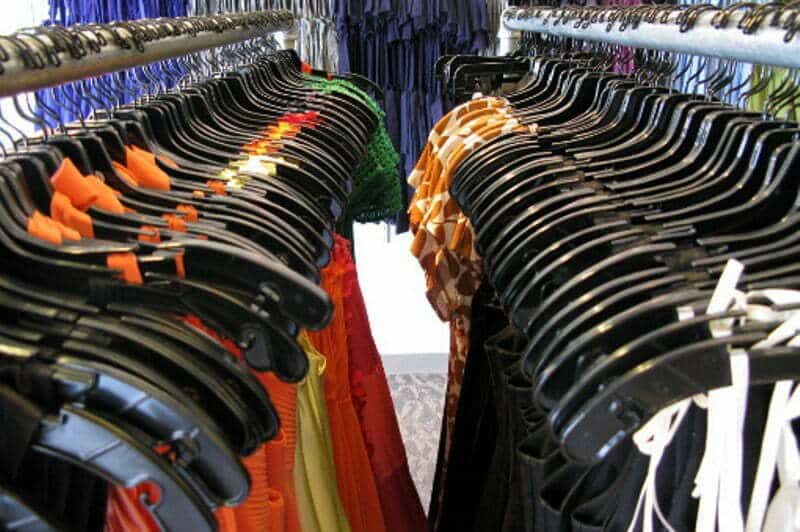
It makes one smile in this regard the opinion of Sebastien Jan Textile Director of Carrefour in an interview with Pambianco Magazine:
The consumer is no longer brand loyal. He can buy in different places. We, for our part, have tried to work as much as possible on the product while keeping one key concept: price?
The perception will always remain the same, is that absolutely bad? Probably not, but the target of people who will buy those lines will always be more or less the same as the basic lines, attracted by the (illusory) belief that fashion can become democratic and that there is an upward price-quality ratio. In no way attracting the regular buyers of chains like 'ZARA' where the common perception is usually:
"Ah! You bought that from ZARA? I would never have guessed that."
which implies the principle 'it's a nice, cheap garment but would seem to be worth more'.
To conclude:
WHEN DOES FASHION IN THE TROLLEY WORK?
When does it work for large-scale retail?
When the Designer is iconic enough to be easily recognisable by as many people as possible both as a character and for the stylistic code.
When the price is much higher and the perceived quality is higher than in other collections in the store.
When you are able to use scarcity to make the release of the collection a truly unique and unrepeatable event given the 'limited edition' nature of the collaboration.
If it generates enough PR and engagement to justify the investment itself in marketing and communication.
When Does it Work For the Designer?
If the perception of collaboration is aimed at 'giving value' and 'ennobling' something that would otherwise be considered 'basic'.
If the Designer's contribution justifies an increase in the sales price well above the standards of the original brand.
If it is a 'one-off' collaboration for a limited number of pieces.
If the totality of things creates some aspirational' potential such as to generate a new category of brand enthusiasts and devotees who may become active customers in the future.
If you liked or found this article interesting share it or leave me a comment I will be happy to reply ?
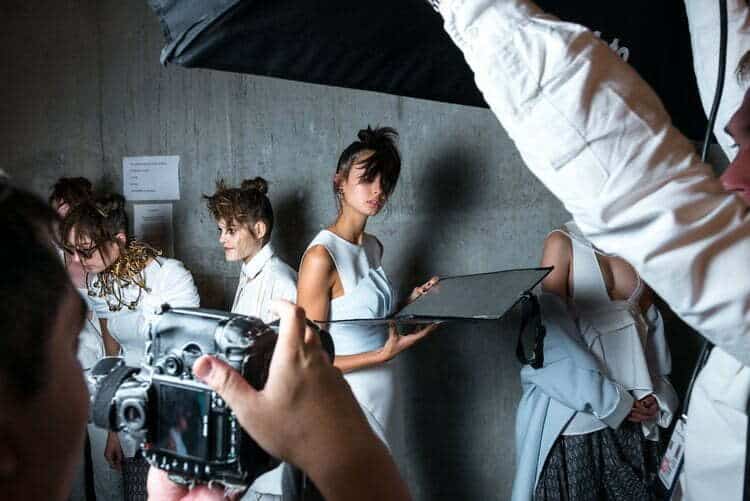
Do you want to create your own brand?
Within the project Be A Designer we can help you build your brand using the Fashion Business Planner


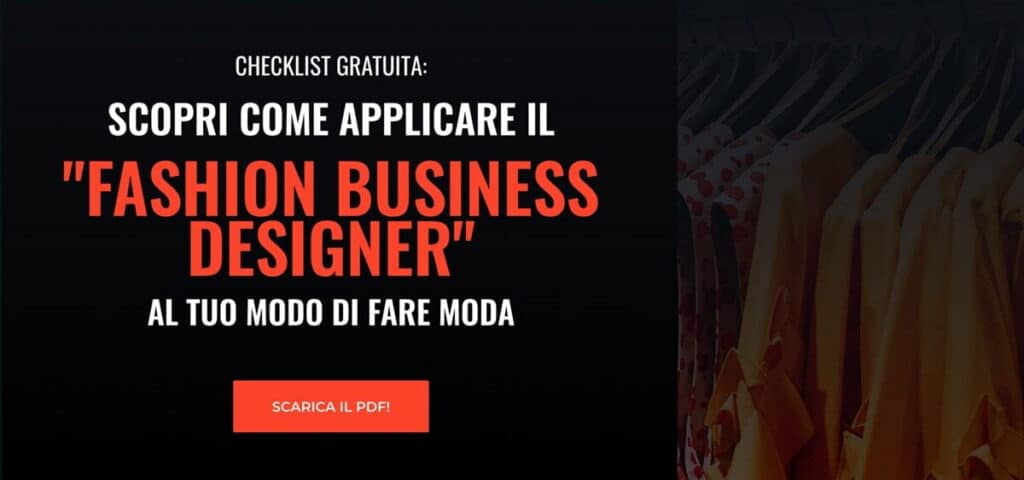
















































![What are Pre Collections? A quick guide not to get lost in the fashion calendar! [Podcast]](https://i.ytimg.com/vi/iPWRY--iQPg/hqdefault.jpg)






